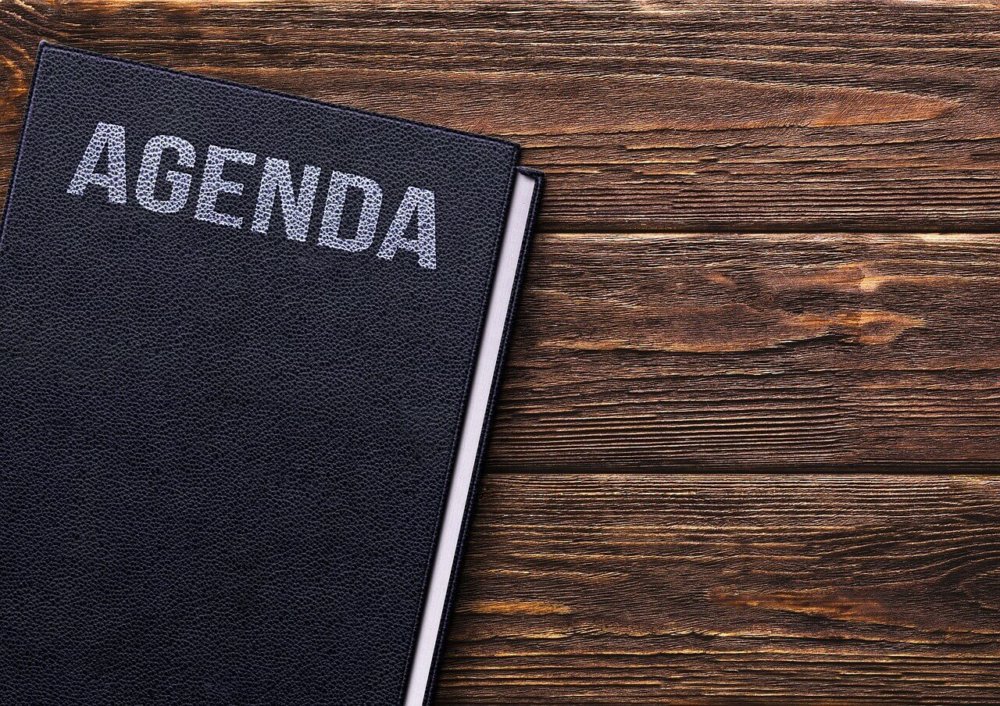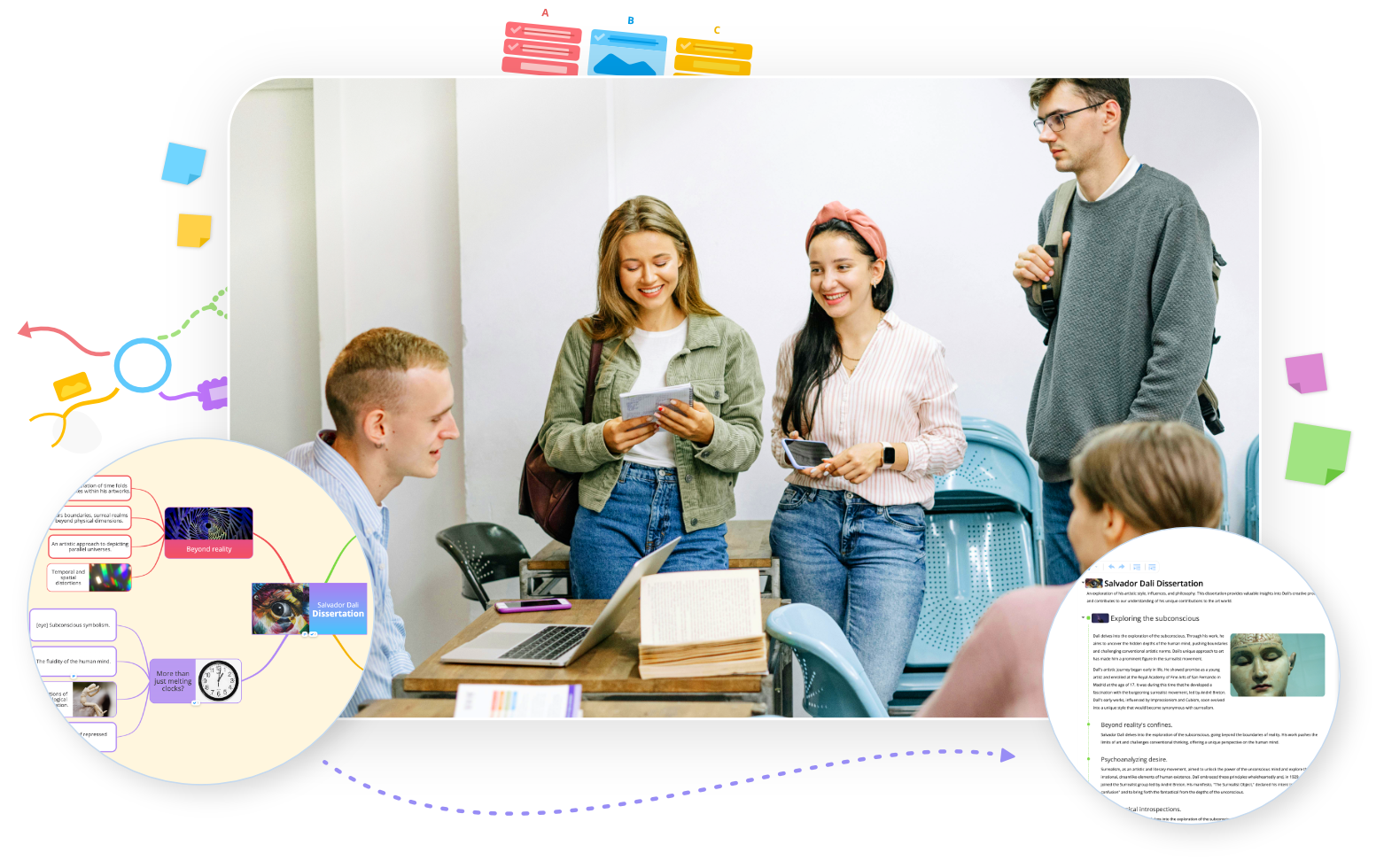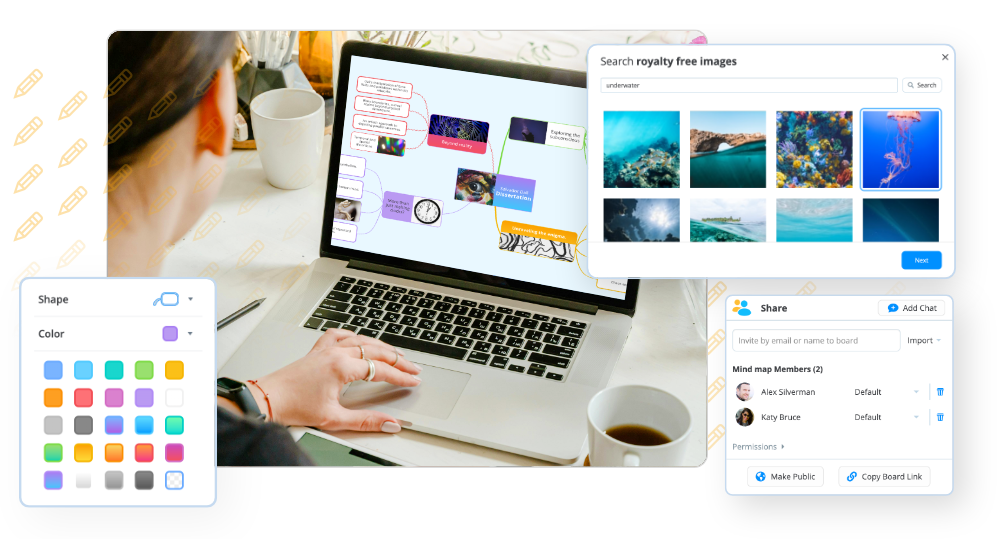We’ve all been in them; those meetings which easily veer off-topic and ultimately end up over-running, going on way longer than you initially intended. Successful meetings benefit from a structured plan – one that is closely followed and that all attendees are aware of prior to the meeting.
Developing an effective meeting agenda doesn’t take long to put together and will have a huge impact on the productivity of your meeting – so you can focus on your goals and actually achieve your meeting outcomes.
Set clear goals and objectives
Before you send out your meeting invitations, it’s vital to know what you want to achieve from the session. Setting clear goals and objectives will help you establish an effective framework for your meeting and determine the priorities you want to focus on. Having your priorities in mind will also help you identify and narrow down the people who should attend the meeting. Inviting the wrong people to your meeting can be detrimental to your colleagues’ time and have an impact on meeting productivity. Ideally, you want to keep the number of people attending limited to those who can help actively contribute during the session and are in a position to sign-off any ideas suggested.
Defining your goals beforehand will also help inform how you want to structure your meeting. For example, if your goal is to generate ideas for a new project, you may wish to begin with a quick ice breaker to get peoples’ imaginations engaged in the task.
Once you’ve established the key items you want to focus on to achieve your meeting objectives, be sure to prioritize these in order of importance within your agenda. This ensures that your most important items are covered first, which will help to focus your attention on what’s most important.
Brainstorm beforehand
It’s a great feeling when you’re in a meeting and everyone is firing out ideas and providing solutions. However, a lot of this can come from having a brainstorm sometime before the meeting. You may want to consider organizing a separate meeting to brainstorm – this will allow you to dedicate a full session to brainstorm ideas and solutions with your team and let your imaginations drive the meeting. You don’t want your brainstorming to dominate a meeting which needs to achieve other objectives – this will inevitably mean your meeting is likely to run overtime. If you have set goals to achieve in your agenda, such as defining project actions, it will be more effective to keep your meeting agenda focused on these specific actions and within a set time-frame – and keep your brainstorming separate.
For brainstorming to work, the process should be mindful and not mindless. Consider asking people to take the meeting objectives that you have set and brainstorm their ideas individually, ready to bring these into a group session. Carrying this out individually first means that people are less likely to be influenced or swayed by other people’s ideas, or concerned about securing the approval of others rather than expressing their true ideas and opinions (otherwise known as ‘groupthink’).

Share the agenda before the meeting
Prior to the meeting, be sure to send the agenda to all attendees at least 24 hours in advance, so everyone has the chance to prepare beforehand. No one likes to walk into a meeting with little idea as to what will be discussed; informing your colleagues of the agenda in advance allows them the opportunity to consider ideas they wish to input – meaning you’ll find it easier to jump straight into discussions, as everyone will come along with ideas already in mind.
Informing all attendees of the agenda ensures that your colleagues are all on the same page and know what is expected of them during the meeting. It also means your colleagues are already engaged and focused on the end goal as soon as they enter the room, so you can avoid wasting time and make the whole session more productive.
Begin with an ice breaker
If your meeting is focused on generating new ideas, for example, try beginning with a warm-up exercise or ice breaker. This doesn’t have to take long and also doesn’t have to just be for external attendees. Ice breakers can be really effective even with your own colleagues as it helps to lower people’s guards and get their creative minds whirring. It’s also a great way for more introverted attendees to relax and open up to the group with their ideas.
End your agenda with clear actions
Be sure to include time at the end of your agenda to run through next steps and actions that colleagues can take away with them after the meeting. This can be anything from enlisting assistance from other people not involved in the meeting to actioning certain tasks in order for work to be taken forward to the next step. Having these actions clearly defined means that everyone is aware of what needs to be done and it also gives you a kick-off point for your next meeting where you can run through the progress of these actions.
With meeting agenda templates to help you get started, Ayoa provides the space for you to brainstorm your meeting objectives and formulate a structured agenda that will help you produce results. With Task Boards in a variety of formats to suit your preferred way of working, easily share your agenda with colleagues and assign them directly onto tasks after your meeting in one dynamic and collaborative workspace. Discover more here or sign up for free.


